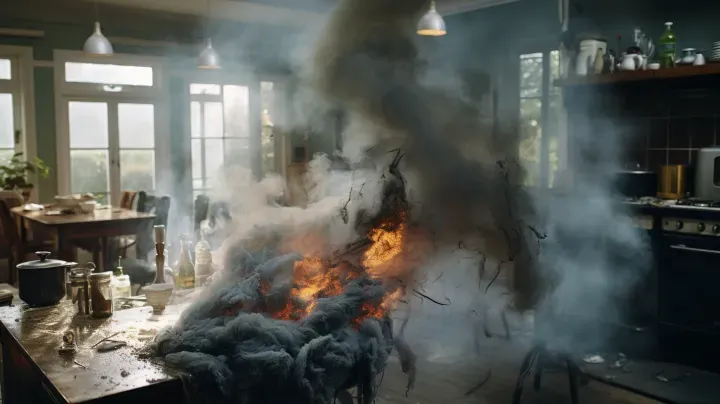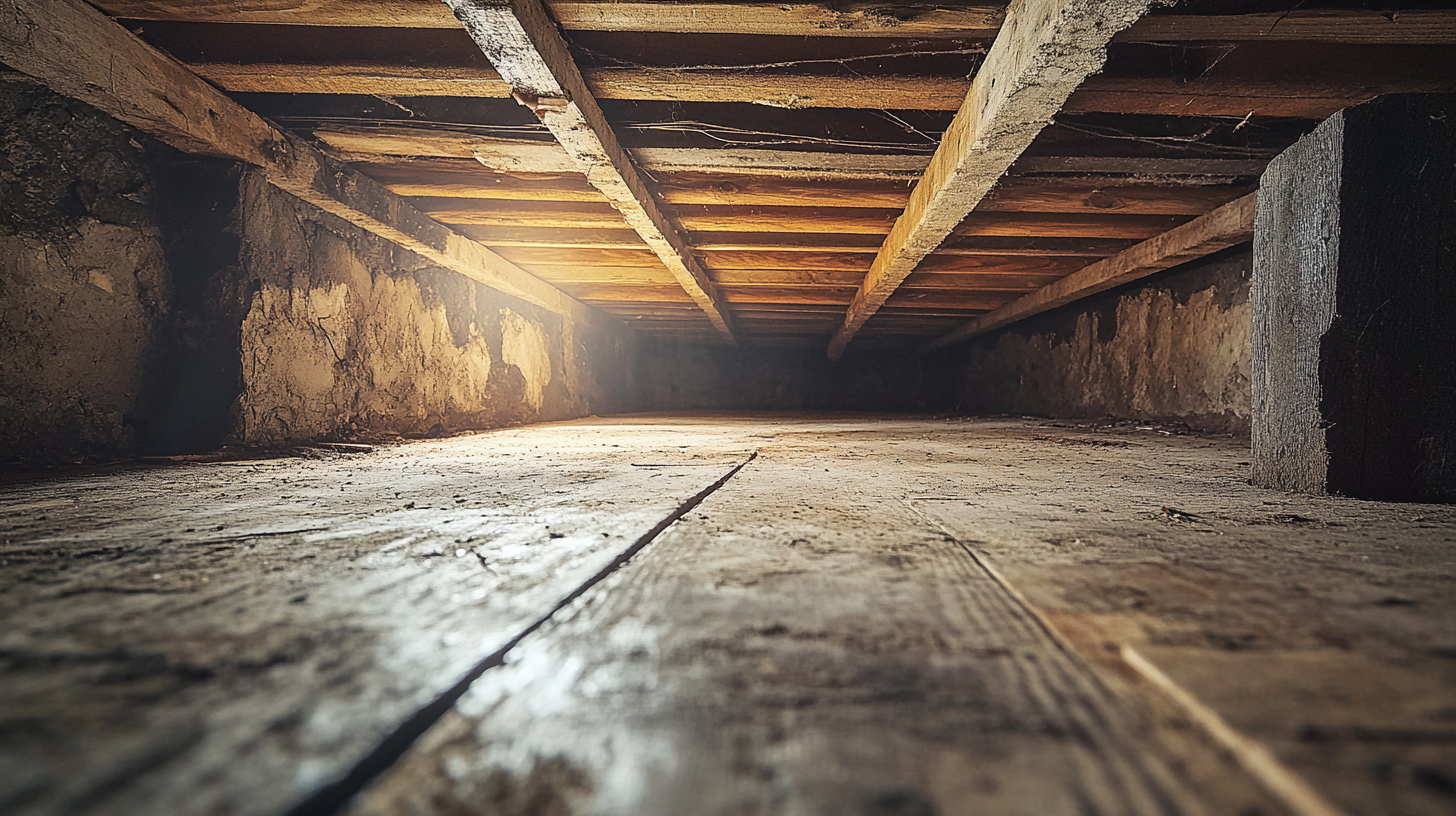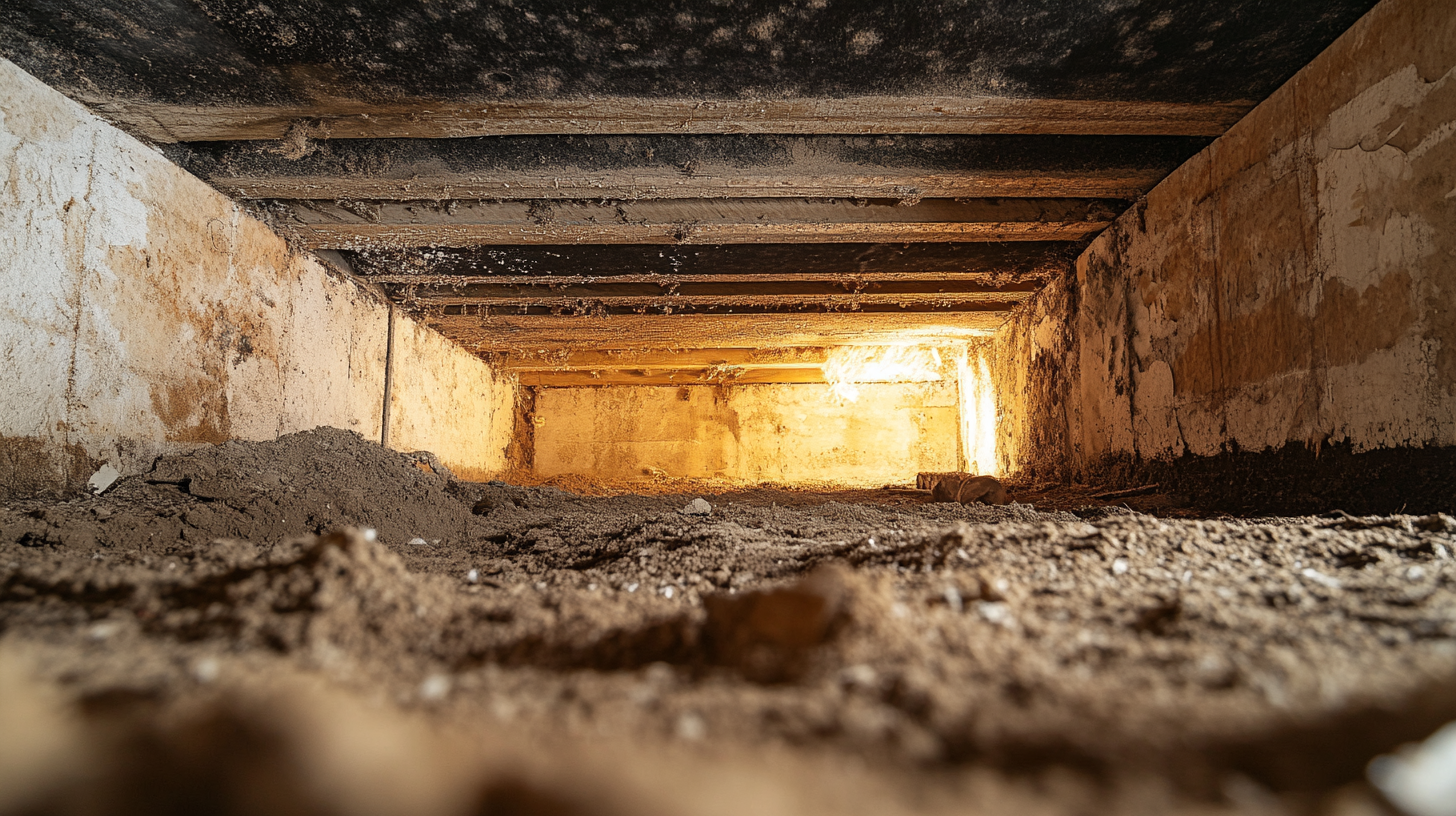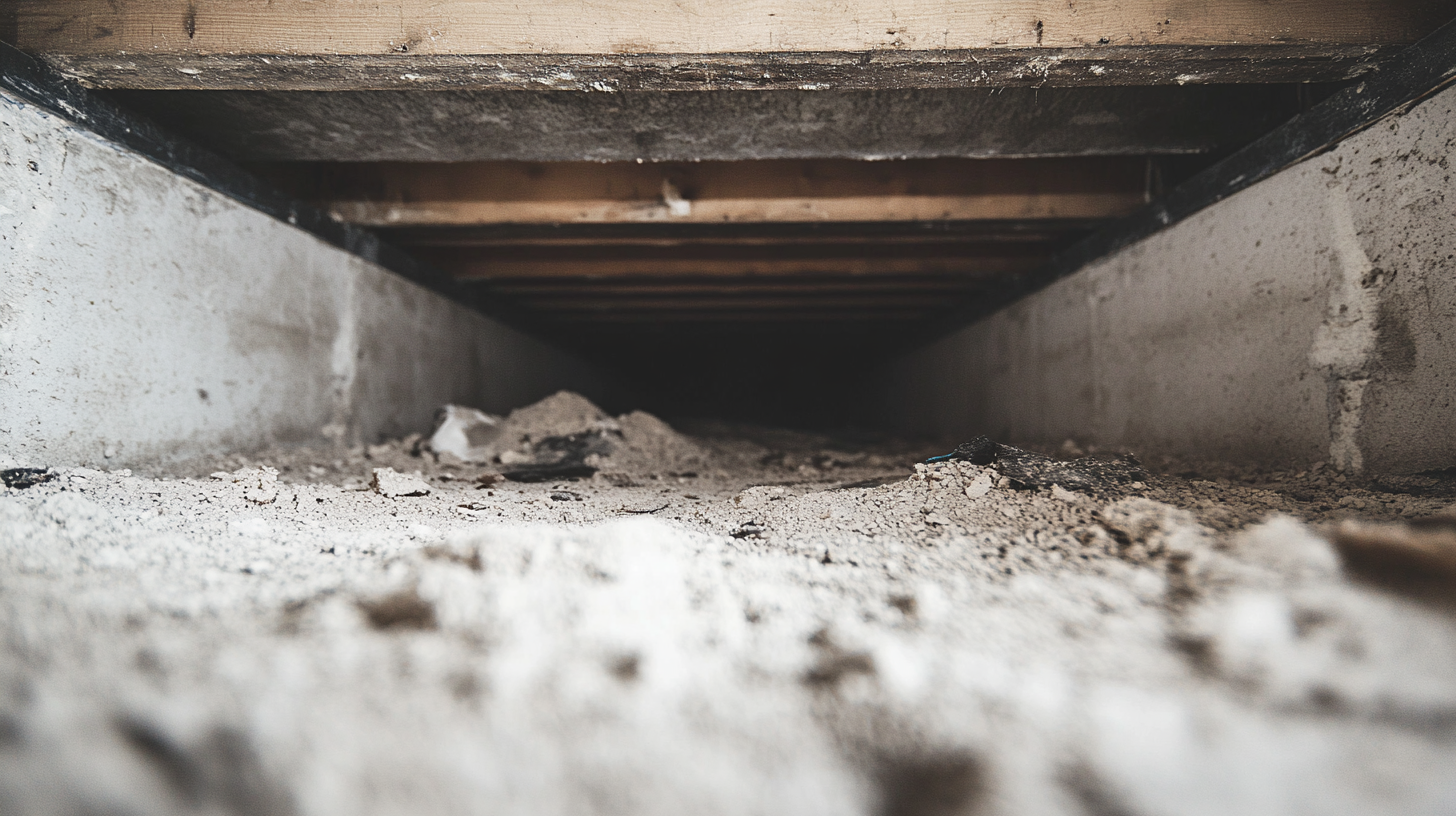Smoke Damage in Vehicles

When we consider the aftermath of smoke damage, our immediate thoughts often turn to the visible destruction it leaves in its wake – charred belongings, stained walls, and the pervasive odor of burnt materials. However, the impact of smoke damage extends far beyond these tangible effects, seeping into the psychological well-being of those affected in ways that are often less apparent but equally significant. This blog aims to explore both the physical and psychological impacts of smoke damage, with a special focus on the mental health aspects that are frequently overlooked.
Smoke damage, resulting from incidents ranging from household fires to large-scale industrial accidents, presents a complex array of challenges. Physically, it can lead to respiratory issues, skin irritation, and long-term exposure risks such as increased susceptibility to certain diseases. Yet, alongside these physical threats, the psychological toll of experiencing such an event can be profound and enduring. The trauma of the incident, the loss of personal and sentimental items, and the disruption of normal life can lead to a cascade of emotional responses, including stress, anxiety, and even long-term mental health disorders.
In this blog, we delve into the multifaceted nature of smoke damage, examining how it affects individuals not just physically but also mentally and emotionally. We will discuss the immediate psychological responses to smoke damage incidents, such as shock and distress, as well as the potential for long-term mental health effects like anxiety, depression, and post-traumatic stress disorder (PTSD). Our goal is to shed light on these often-overlooked aspects of smoke damage, emphasizing the importance of addressing mental health in tandem with physical restoration and recovery.
Join us as we navigate the complex landscape of smoke damage impacts, offering insights into the comprehensive care and support needed to fully recover from these challenging incidents.
Understanding Smoke Damage in Vehicles
Smoke damage in vehicles can be a significant issue, affecting not only the vehicle's aesthetics but also its functionality and the health of its occupants. This section explores the common causes of smoke damage in vehicles and introduces the different types of smoke damage, along with their impacts.
Common Causes of Smoke Damage in Vehicles
Various scenarios can lead to smoke damage in vehicles. Understanding these causes is crucial for prevention and effective remediation. Here’s an explanation:
Explanation of Scenarios Leading to Smoke Damage:
- Nearby Fires: Vehicles parked near house fires, wildfires, or industrial fires can suffer smoke damage from the proximity to these external sources.
- Interior Smoking: Smoking inside the vehicle can leave behind a residue and persistent odor, affecting upholstery and interior surfaces.
- Vehicle Fires: Electrical faults, engine fires, or accidents can cause internal smoke damage, leading to soot and ash accumulation and potential harm to the vehicle's interior and systems.
Types of Smoke Damage
Smoke damage in vehicles can manifest in various forms, each with its own set of challenges for cleanup and restoration. Here’s an introduction to the different types:
Introduction of Different Types of Smoke Damage:
- Soot: Fine black particles that can settle on surfaces and in the ventilation system, causing staining and potential respiratory hazards.
- Ash: Coarser than soot, ash from nearby fires can accumulate on and in the vehicle, especially if windows or vents are left open.
- Chemical Residues: Smoke from vehicle fires or certain types of external fires can contain toxic chemicals, which may leave hazardous residues on surfaces and in the air system.
- Impact on Vehicles: These types of smoke damage can affect the vehicle's interior fabrics, the efficiency of air filters, and the overall air quality inside the vehicle. In cases of vehicle fires, smoke can also damage electronic systems and components.
Understanding the causes and types of smoke damage in vehicles is essential for vehicle owners and professionals in the automotive industry. This knowledge is crucial for implementing effective cleaning strategies, ensuring the safety and longevity of the vehicle, and maintaining a healthy environment for its occupants.
Assessing the Extent of Smoke Damage
Properly assessing the extent of smoke damage, especially in vehicles, is crucial for effective remediation and ensuring the vehicle's safety and longevity. This section discusses the importance of professional evaluations and provides DIY assessment tips for vehicle owners.
Professional Assessment
A professional assessment is often necessary to fully understand the extent and impact of smoke damage in vehicles. Here’s why it’s important:
The Importance of Getting a Professional Evaluation to Understand the Extent of Damage:
- Expertise and Experience: Professionals have the expertise to identify not just visible damage but also hidden issues, such as in the ventilation system or electronic components.
- Comprehensive Evaluation: A professional can assess all aspects of the vehicle, including the interior, exterior, and mechanical parts, to determine the full extent of the damage.
- Safety Considerations: Professionals can identify any safety hazards caused by the smoke damage, which is crucial for the well-being of the vehicle's occupants.
- Accurate Documentation: For insurance purposes, a professional assessment provides detailed and accurate documentation of the damage, which is essential for claims processing.
DIY Assessment Tips
While a professional assessment is recommended, vehicle owners can initially assess the damage themselves. Here are some tips:
Key Indicators of Smoke Damage in Vehicles:
- Visible Soot and Ash: Check for black or gray particles on surfaces, under the hood, and in the trunk.
- Smell: A persistent smoky odor is a clear indicator of smoke damage.
- Discoloration: Look for any discoloration or staining on the upholstery, ceiling, or dashboard.
Initial Steps for Owners to Assess Damage:
- Visual Inspection: Conduct a thorough visual inspection of the interior and exterior for any signs of soot, ash, or discoloration.
- Odor Detection: Smell the interior of the vehicle for any lingering smoke odors, which can indicate the presence of particles in the air system.
- Check Ventilation: Turn on the vehicle’s air system to check for any smoke odors or particles being emitted.
- Document Damage: Take photos and make notes of all areas affected by smoke for reference, especially if seeking professional help or making an insurance claim.
Assessing the extent of smoke damage in vehicles is a critical step in addressing the issue effectively. While a professional evaluation is ideal for a comprehensive assessment, vehicle owners can start with a basic DIY check to understand the initial scope of the damage.
Cleaning and Restoring Vehicles with Smoke Damage
Smoke damage in vehicles requires meticulous cleaning and restoration efforts, both inside and out. This section provides a step-by-step guide on interior cleaning techniques, including recommendations for products and tools, as well as methods for restoring the vehicle's exterior, with tips for addressing paint damage and discoloration.
Interior Cleaning Techniques
Cleaning the interior of a smoke-damaged vehicle involves several steps to ensure thorough removal of soot, ash, and odors. Here’s a guide:
Step-by-Step Guide on Cleaning Vehicle Interiors:
- Vacuuming: Begin by vacuuming upholstery, carpets, and hard surfaces to remove loose soot and ash.
- Upholstery and Carpet Cleaning: Use a foam upholstery cleaner or a steam cleaner for deep cleaning fabrics. Test any cleaning product on a small area first.
- Hard Surfaces: Clean hard surfaces (dashboard, door panels, etc.) with a mild soap and water solution, followed by a specialized automotive interior cleaner.
- Air System: Replace air filters and consider using an odor neutralizer or an ozone generator to remove lingering smoke odors from the air system.
Recommended Cleaning Products and Tools:
- HEPA Filter Vacuum: Effective for capturing fine particulate matter.
- Foam Upholstery and Carpet Cleaners: Designed to lift soot and odors from fabrics.
- Microfiber Cloths: Useful for gentle cleaning and polishing of hard surfaces.
- Odor Neutralizers: Essential for eliminating smoke odors rather than just masking them.
Exterior Restoration
Restoring the exterior of a smoke-damaged vehicle requires careful attention, especially if there is paint damage or discoloration. Here are methods and tips:
Methods for Cleaning and Restoring the Vehicle's Exterior:
- Washing: Start with a thorough wash using a high-quality car shampoo to remove soot and ash.
- Clay Bar Treatment: Use a clay bar to remove embedded particles from the paint surface.
- Polishing: Polish the vehicle to restore shine and address minor surface imperfections.
Tips for Dealing with Paint Damage and Discoloration:
- Assess the Damage: Determine if the discoloration can be remedied with polishing or if it requires repainting.
- Professional Assessment: For severe paint damage, consult a professional detailing service or auto body shop for the best restoration approach.
- Protective Coating: After cleaning and restoration, apply a protective wax or sealant to the paint to help prevent future damage.
Cleaning and restoring a vehicle with smoke damage is a detailed process that requires the right techniques and products. Whether tackling the interior or exterior, these steps can help bring a vehicle back to its pre-damage condition.
Removing Smoke Odor from Vehicles
Eliminating smoke odor from vehicles is a crucial step in the restoration process after smoke damage. This section provides guidance on DIY odor removal solutions, including natural and chemical methods, and introduces professional odor elimination services, detailing when they might be necessary.
DIY Odor Removal Solutions
There are several effective DIY methods for removing smoke odor from vehicles. Here’s how to use various solutions:
Natural and Chemical Methods for Eliminating Smoke Odor:
- Baking Soda: Sprinkle baking soda on upholstery and carpets, let it sit for several hours or overnight, then vacuum it up. Baking soda absorbs odors naturally.
- Vinegar Solution: Wipe down hard surfaces with a mixture of water and vinegar. The vinegar can help neutralize odors.
- Activated Charcoal: Place bowls of activated charcoal inside the vehicle for a few days. Charcoal is known for its odor-absorbing properties.
How to Use Air Purifiers, Deodorizers, and Other Products Effectively:
- Air Purifiers: Use an air purifier with a HEPA filter to capture particulate matter and a carbon filter to absorb odors.
- Odor Neutralizing Sprays: Select sprays specifically designed for vehicles. Spray on upholstery and carpets, following the product instructions.
- Ozone Generators: For more stubborn odors, an ozone generator can be effective. However, use it with caution and follow safety guidelines, as ozone can be harmful to breathe.
Professional Odor Elimination Services
In some cases, professional services may be necessary to completely eliminate smoke odor from a vehicle. Here’s an introduction to these services:
Introduction of Services Offered by Professionals:
- Thorough Interior Cleaning: Professionals use industrial-grade products and equipment for deep cleaning, reaching areas that are difficult to treat with DIY methods.
- Advanced Odor Neutralization Techniques: This may include ozone treatment or thermal fogging, which are more effective in penetrating and neutralizing odors in all parts of the vehicle.
- HVAC System Cleaning: Professionals can clean the vehicle’s HVAC system to remove any smoke particles and odors trapped within.
When to Consider Professional Services:
- Consider professional services if DIY methods fail to remove the odor completely.
- In cases of severe smoke damage where the odor has deeply penetrated the vehicle's interior.
- For luxury or high-value vehicles where professional handling can ensure the best care and preservation of the vehicle’s interior.
Removing smoke odor from vehicles can be challenging, but with the right approach, whether DIY or professional, it is possible to restore the vehicle's interior to a fresh and odor-free state.
Preventing Future Smoke Damage in Vehicles
Taking proactive steps to prevent smoke damage in vehicles is crucial for maintaining their condition and ensuring the safety of occupants. This section offers tips on protective measures and preventive maintenance, as well as advice on preparing vehicles for emergency situations to minimize potential smoke damage.
Protective Measures
Implementing protective measures can significantly reduce the risk of smoke damage to vehicles. Here are some tips:
Tips for Protecting Vehicles from Potential Smoke Damage:
- Regularly Clean Interiors: Keeping the interior clean can reduce the accumulation of materials that can exacerbate smoke damage.
- No Smoking Policy: Enforce a strict no-smoking policy inside the vehicle to prevent interior smoke damage.
- Use Protective Covers: When parked for extended periods, especially outdoors, use a car cover to protect against external smoke sources.
Preventive Maintenance and Care:
- Regular HVAC Maintenance: Regularly check and replace air filters to ensure they are not clogged and can effectively filter out any smoke particles.
- Seal Windows and Doors: Ensure that all seals on windows and doors are intact to prevent smoke from entering the vehicle.
- Fire Extinguisher: Keep a small fire extinguisher in the vehicle for emergency situations.
Emergency Preparedness
Being prepared for emergencies can help minimize the impact of smoke damage on vehicles. Here’s some advice:
Advice on Preparing Vehicles for Emergency Situations:
- Emergency Kit: Keep an emergency kit in your vehicle, including masks, gloves, and water, to protect against smoke inhalation in case of nearby fires.
- Stay Informed: Use apps or news alerts to stay informed about nearby fires or smoke risks, especially during wildfire season.
- Plan Evacuation Routes: Know evacuation routes and have a plan in case you need to quickly move your vehicle away from smoke or fire.
- Regular Inspections: Regularly inspect your vehicle for any issues that could pose a fire risk, such as electrical problems or fuel leaks.
By taking these preventive measures and being prepared for emergencies, vehicle owners can significantly reduce the risk of smoke damage and ensure their vehicles remain in good condition while prioritizing safety.
FAQs
Contact Fast Response Cleaning & Restoration Today!
Fast Response Cleaning & Restoration will do everything we can to ensure your experience with us is excellent.
Request A FREE Estimate
Request A FREE Estimate Form
CHECKOUT RECENT POST



Have an Emergency? We're Here to Help!
When it comes to disaster cleanup, we are a seasoned veteran in the industry and have helped hundreds of property owners just like you.
Our disaster recovery teams are available 24-7 to quickly clean up and repair disasters of all types.
